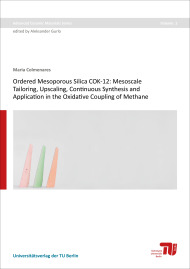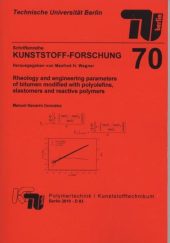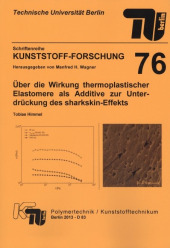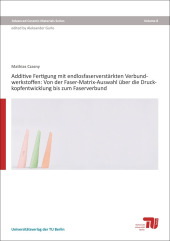Ordered mesoporous silica COK-12: mesoscale tailoring, upscaling, continuous synthesis and application in the oxidative coupling of Methane

Format: 14,8 x 21,0 cm
Publishing year: 2018
Ordered mesoporous silica (OMS) materials are a family of silica nanomaterials with pores ranging in size from 2 to 50 nm which are arranged periodically within the silica matrix. They have expanding applications in various fields of research, such as drug delivery, adsorption, separation and catalysis. COK-12 is an OMS produced by the soft-templating method, using the block copolymer P123 as a structure-directing agent. The synthesis takes place at room temperature under mild reaction conditions. In comparison with the most widely known OMS, the synthesis of COK-12 is more time efficient, inexpensive and environmentally friendly, yielding a material analogous to the well-known SBA-15.
This thesis encompasses investigations regarding the production of the ordered mesoporous silica material (OMS) known as COK-12, in terms of upscaling of the synthesis and tailoring of the size and shape of its characteristic hexagonal pore structure. Batch upscaling of the synthesis yielded a material with nearly identical properties to that of the original COK-12. Upscaling of the COK-12 synthesis was also studied in continuous mode. The installation and operation of a continuous COK-12 production unit was carried out with the aim to determine the possibility of large-scale production of COK-12 with consistent material properties. COK-12 was produced in continuous mode by varying the time of aging of the COK-12 slurry and the flow rate of the feed streams, yielding materials with properties nearly identical to those of the original COK-12.
COK-12 was used as a support for the Na2WO4-Mn/SiO2 catalyst for the oxidative coupling of methane reaction in various forms (powder, granular produced by pressing and monolithic), showing promising results comparable to the enhanced activity of the catalyst supported on the SBA-15. The advantage of using COK-12 over other OMS materials is that the facile nature of COK-12 synthesis makes it a viable candidate for industrial production of the Na2WO4-Mn/SiO2 catalyst, if paired with appropriate pelletizing and preparation method.
The introduction of hexane and polypropylene glycol (PPG) as micellar swelling agents into the original COK-12 synthesis was studied in order to tailor the mesoporous structure of the system. Hexane was used as a micelle expander and as an agent to produce silica mesocellular foams, with “ink-bottle” shaped pores with a larger diameter than that of the original COK-12. By adding PPG into the synthesis, the shift of the mesostructure of COK-12 from 2D hexagonal to a multilamellar vesicular configuration was studied, resulting in the progressive formation of this type of material with increasing concentration of PPG. The flexibility of the COK-12 synthesis in terms of upscaling and tailoring of the mesostructure was examined throughout this work, with an aim to contribute to the existing and expanding knowledge regarding more versatile, sustainable and possibly industrial OMS production.



